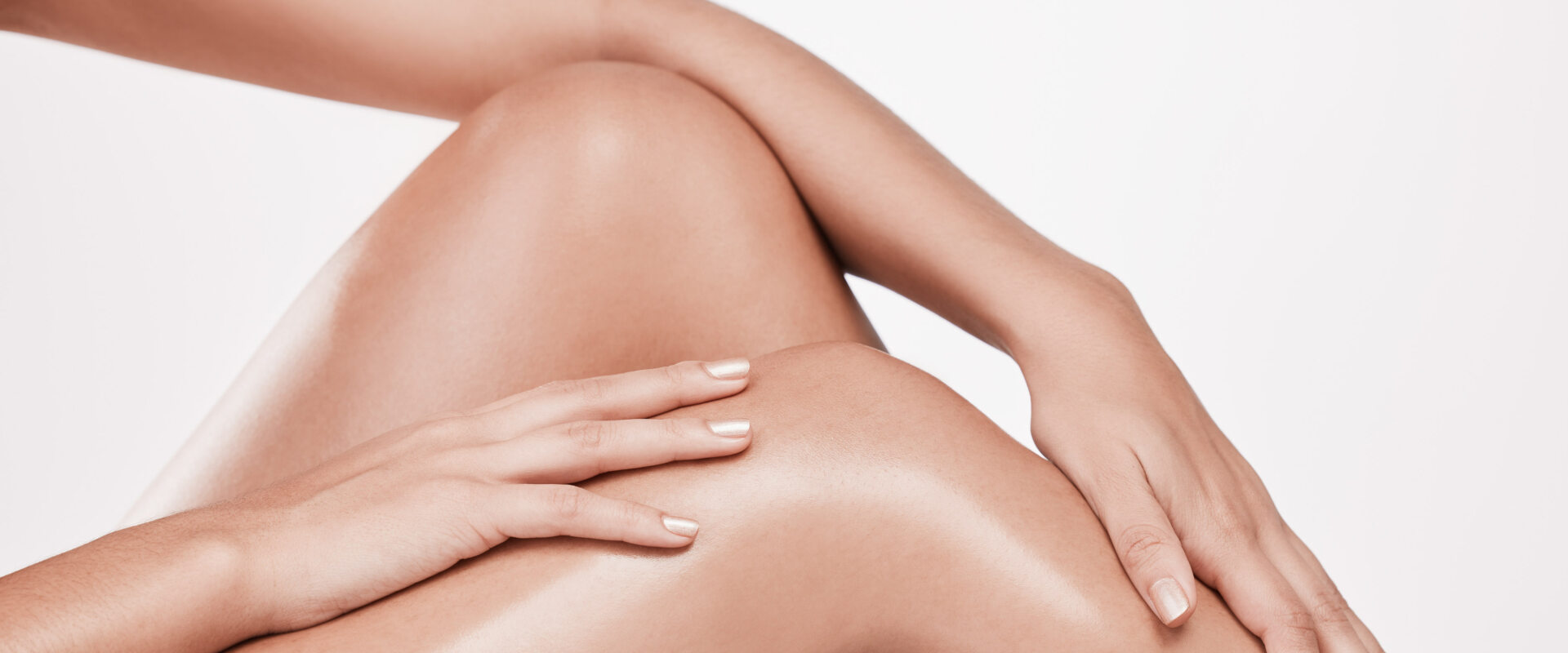Gentle treatment of varicose veins with vein glue (Venaseal™)
The VenaSeal Closure System is a particularly gentle procedure for the treatment of internal varicose veins in which the vein is sealed from the inside. It is based on a vein adhesive that has been used for decades in the treatment of cerebral arteries and for other medical indications. In many cases, a stripping operation can be avoided with this system. In contrast to other catheter procedures such as laser or radio wave, no local anesthesia along the vein with several needle pricks is necessary and it is possible to return to everyday life immediately after the treatment.
Quick Facts
- Duration of intervention
- approx. 30-60 min
- Anesthesia
- local anesthesia
- Type of operation
- outpatient
- Clinic
- Preliminary investigation at all locations Implementation in Wiesbaden, Mainz
- Aftercare
- In many cases, compression stockings are only needed for a short time or not at all
- Sport
- 2-3 weeks
- Socially acceptable
- directly after surgery
- Workable
- 1-3 days
How does the Venaseal treatment work?
After a small local anaesthetic at the lower end of the vein to be treated, a VenaSeal catheter is inserted into the vein under ultrasound guidance and pushed to the beginning of the vein. A special medical adhesive is then released into the vein while compressing the vein and gradually withdrawing the catheter. Finally, a small plaster bandage is applied to the puncture site and the compression stocking is put on.

How proven is the Venaseal Closure Systems procedure?
The procedure has been in use for around 10 years and several studies have demonstrated the safety and effectiveness of the VenaSeal method. The medical adhesive used has been used for decades in the treatment of vascular sacs in the area of the brain.
Advantages of vein glue and the Venesal procedure
The VenaSeal procedure is particularly gentle on the surrounding tissue, as no heat is used as in laser or radio wave therapy. The procedure itself is painless and does not require anesthesia, only a small local anesthetic is required at the puncture site. There is usually no scarring or swelling. Normal everyday activities can be resumed immediately after the VenaSeal procedure and no sick leave is required. It is not necessary to wear compression stockings afterwards, but in some cases this may be advisable for 3 to 7 days.
Disadvantages and side effects of vein treatment
Side effects are minor and rare. The most common side effect is phlebitis (inflammation of the veins), which occurs more frequently than with the radio wave method. Phlebitis can occur with all vein treatments and typically occurs within 30 days of treatment. You will be informed in detail about the benefits and risks of the procedure in a personal consultation.
Will my insurance cover the costs?
As with all procedures, the costs covered by private insurance companies vary greatly. Please enquire with your health insurance provider. Statutory health insurance companies do not generally cover the costs of the procedure, but this special procedure is also available to those with statutory health insurance as a self-payer benefit.
Frequently asked questions about vein glue (Venaseal™)
We recommend wearing compression stockings for 2-3 days after treatment with vein glue. If other procedures such as miniphlebectomy or foam sclerotherapy are also used during treatment with vein glue, we usually recommend wearing the compression stocking for a week.
Moderate exercise such as short walks are possible and beneficial the day after the procedure. How long you should take a break from sport depends on the extent of the procedure and the type of sport. In general, you are not doing anything wrong if you take three weeks off. Less strenuous sports, such as golf, may be possible earlier in the case of vein adhesions. On the other hand, it may make sense to extend the break for more strenuous sports such as weight training. In general, it is important to listen to your own body and avoid overloading yourself when resuming sporting activities.
You may and should walk again after the procedure. You can exercise at home as usual. Walks that are not too long are also recommended. Avoid anything that is strenuous or painful. It is advisable to elevate the treated leg during the first week. Avoid sitting or standing for long periods; walking and lying down are better. You should not resume fast walking or jogging for at least three weeks, but always discuss this with your doctor.
Excessive heat is unfavorable because veins dilate and sweating removes a lot of fluid from the body at the same time. A lack of fluids and slow blood flow increase the risk of thrombosis. You should therefore wait at least four weeks before going to the sauna.



